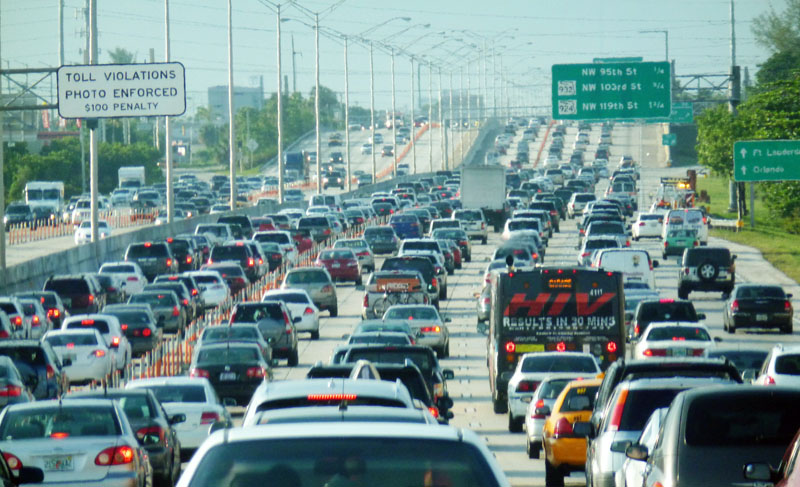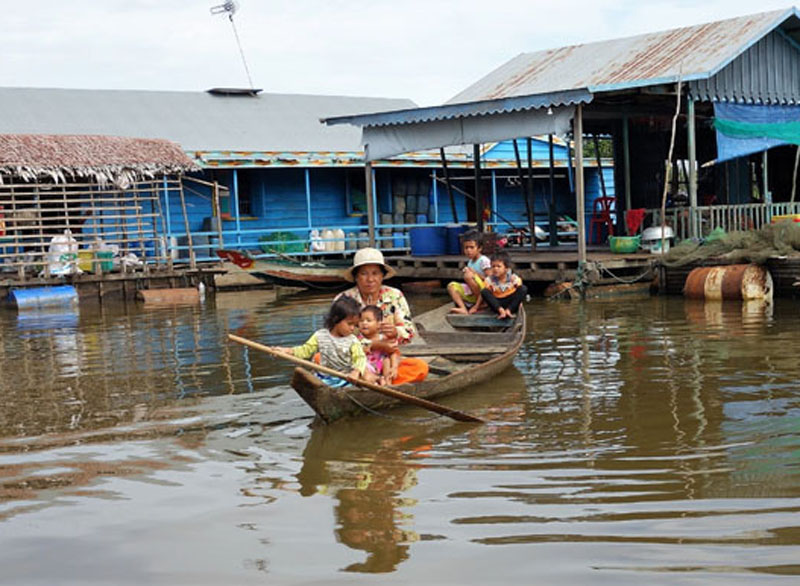
10 Things You Probably Didn't Know About the Health Impacts of War.
The war in Ukraine leaves no doubt about the horrors of war and its health consequences. Bombs and bullets kill and injure civilians. Men are arrested and executed. Women are physically and sexually assaulted. Children are orphaned. Older people die because they cannot get medical care. Millions are forced to flee their communities and their country. Hospitals, schools, and food and water supply systems have been damaged. And survivors are mentally scarred for life.
During a war, much can be done to better protect civilians and improve humanitarian assistance. But the only way to eliminate the health consequences of war is to abolish war - to create a world without war. To do so will require resolving nonviolently disputes within and between countries. It will require addressing the underlying causes of war: social injustice, poor governance, militarism, ethnic and religious hatred, and environmental stress. It will require strengthening the infrastructure for peace and ensuring the rule of law. And, it will require what may seem impossible -- generating the popular and political will to abolish war.





